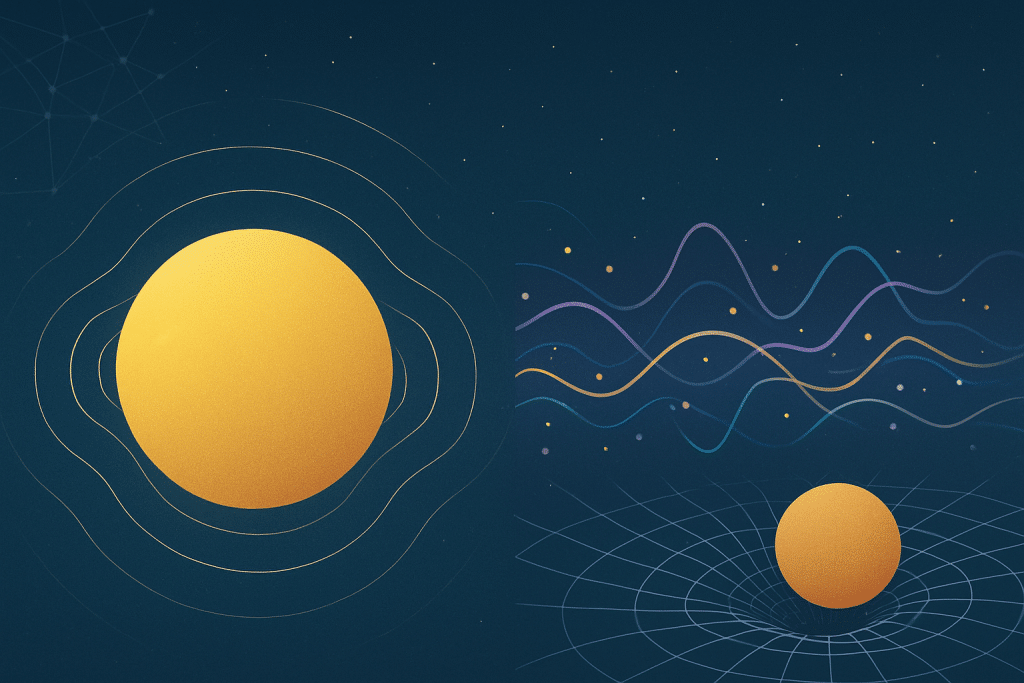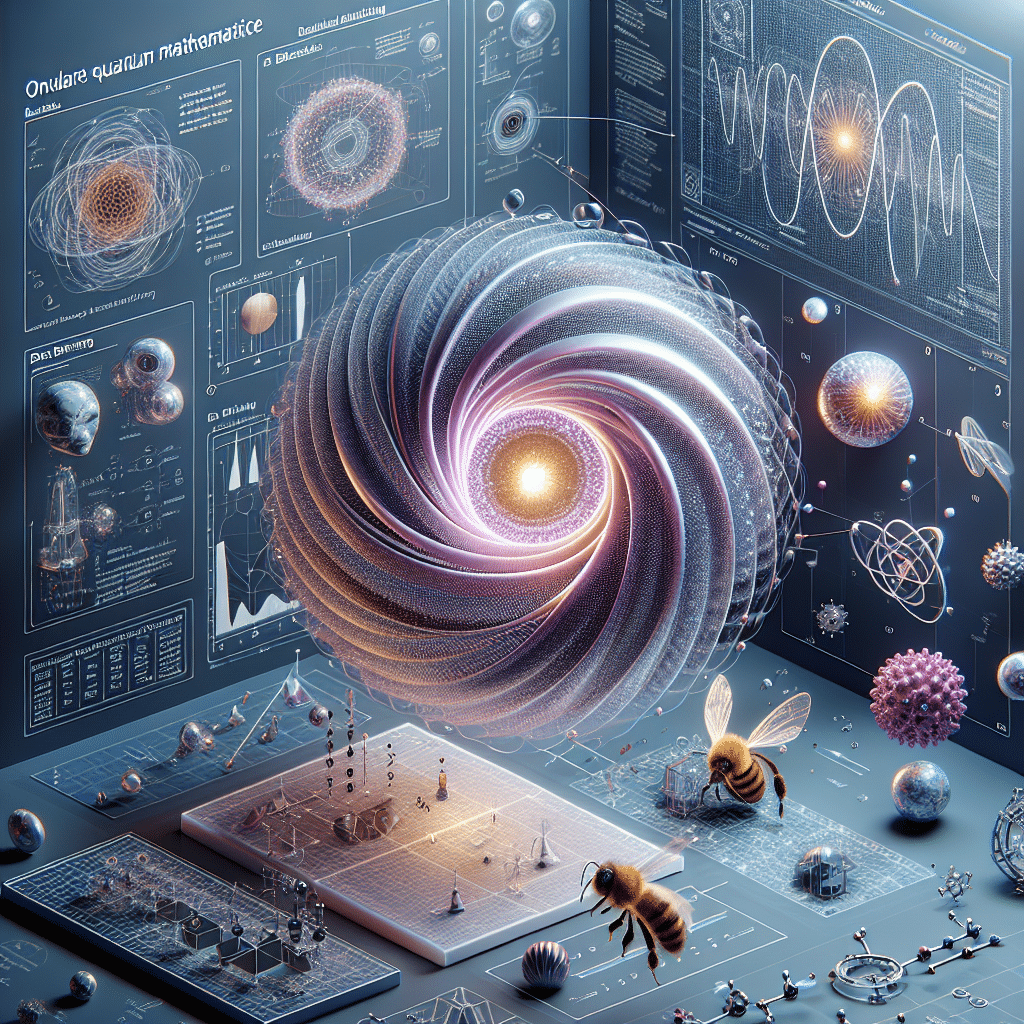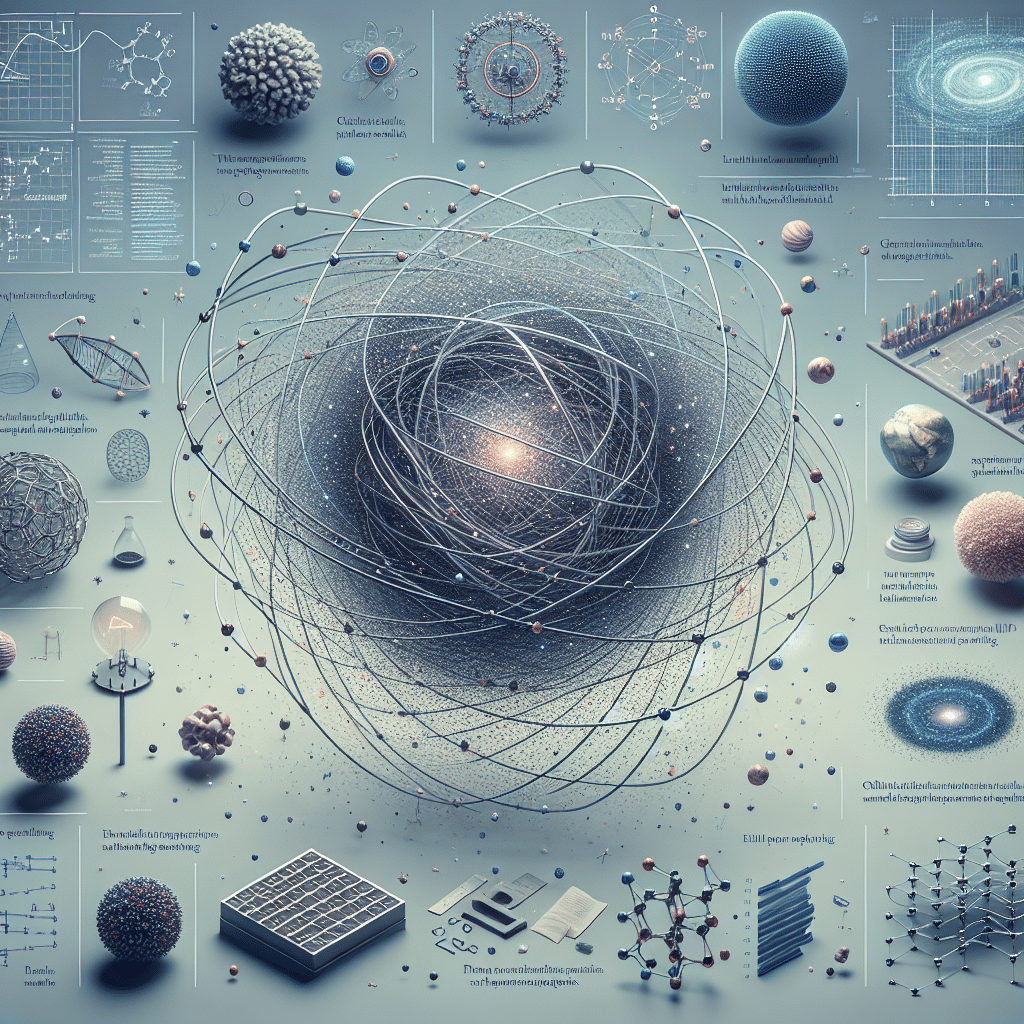Gravitons: A Quantum Puzzle, and the Wave-Based Alternative of BeeTheory
Gravity — the force that orchestrates the movement of galaxies and gives structure to the cosmos — remains one of the most enigmatic aspects of modern physics. While quantum theory has successfully described electromagnetism and the nuclear forces, gravity continues to resist integration into the quantum framework. To bridge this divide, physicists have long hypothesized the existence of the graviton, a quantum particle thought to mediate gravitational interactions in the same way that photons mediate electromagnetic ones.

However, while gravitons are mathematically appealing, they remain entirely theoretical. In contrast, BeeTheory introduces a radically different perspective — one that doesn’t require gravity to be particle-based at all. Instead, it proposes that gravity is an emergent wave phenomenon, arising directly from the dynamic fabric of spacetime itself.
What Is a Graviton?
In quantum field theory, forces arise from the exchange of virtual particles. Within this paradigm, the graviton is conceived as a massless, spin-2 boson, acting as the mediator of the gravitational force. Its unique spin distinguishes it from other force carriers and reflects the tensorial structure of Einstein’s general relativity.
Gravitons are expected to travel at the speed of light, interact extremely weakly with matter, and operate over infinite distances. These characteristics make them theoretically consistent with what we observe about gravity — but also make them incredibly difficult to detect. To this day, no experiment has confirmed the existence of a graviton, and many scientists question whether it’s even physically possible to observe one.



Experimental Clues — and Limitations
While no direct evidence for gravitons exists, the detection of gravitational waves by LIGO and Virgo has confirmed that spacetime itself can oscillate and propagate disturbances at light speed — a key feature predicted by general relativity. However, these waves are classical in nature and don’t confirm whether gravity is truly quantized.
To probe this further, researchers look to subtle quantum gravitational signatures in the cosmic microwave background, and anomalies in high-energy collider experiments. Thus far, however, these efforts have produced only hints — no definitive proof of gravitons.

Theoretical Foundations
Gravitons naturally arise in several advanced theoretical frameworks. In quantum field theory, they appear as quantized perturbations in the gravitational field. In string theory, gravitons correspond to specific vibrational modes of closed strings, offering a unified and mathematically elegant description that incorporates gravity into the quantum domain. Even when Einstein’s equations are linearized to describe weak gravitational fields, the resulting wave-like solutions can be quantized to yield gravitons.
Yet, despite their elegant mathematical foundations, these models face considerable challenges. Chief among them is their inability to make testable predictions at energy scales we can currently access.

The Challenges of Graviton Research
The graviton, while theoretically consistent, faces severe practical obstacles. First, gravitational interactions at the quantum level are non-renormalizable, meaning they yield infinite results that standard quantum corrections can’t fix. Second, the interaction cross-section of gravitons is so minuscule that detecting even a single graviton would require a detector the size of Jupiter — and it would still take longer than the age of the universe to observe one. Finally, meaningful graviton effects only emerge near the Planck scale, an energy range far beyond the reach of modern experiments.
BeeTheory: A Radical Shift in Perspective
Against this backdrop of theoretical complexity and experimental uncertainty, BeeTheory offers a transformative idea: What if gravity doesn’t require a mediator particle at all? Instead of treating gravity as a force transmitted by a particle, BeeTheory interprets it as a wave-based emergent phenomenon — the result of oscillations, interferences, and resonances in the fabric of spacetime.
This perspective doesn’t just sidestep the need for gravitons; it redefines gravity itself. Rather than being one of the four fundamental forces, gravity becomes an emergent large-scale effect, governed by continuous wave dynamics and the geometric properties of spacetime.

The Mathematical Core of BeeTheory
BeeTheory replaces the particle-centric model of gravity with a second-order wave equation embedded in a modified version of Einstein’s field equations. It incorporates quantum-level fluctuations as source terms and imposes boundary conditions at both local and cosmological scales to ensure consistency with observed phenomena.
The result is a framework that preserves the geometric elegance of general relativity while avoiding the infinities and abstraction of graviton-based models.
Testable Predictions
What makes BeeTheory compelling isn’t just its conceptual simplicity — it also makes predictions that can, in principle, be tested. It anticipates interference patterns in gravitational waves that differ from those expected under a graviton model. It also offers a novel explanation for dark matter and dark energy as emergent effects of wave dynamics, rather than requiring exotic particles. Finally, it predicts subtle quantum gravitational phenomena that could be observable using next-generation interferometers and space-based detectors.
Advantages Over Graviton-Based Models
BeeTheory holds several key advantages. It avoids the mathematical complications of quantizing gravity, providing a cleaner theoretical framework. It offers a natural unification of quantum principles and general relativity without inventing new particles. And crucially, it presents a testable model, unlike the largely unobservable predictions associated with gravitons.
Open Questions and Future Directions
Of course, BeeTheory is not without its challenges. Can its predictions be verified with current or near-future technologies? Will the broader physics community embrace such a profound shift away from particle-based explanations? These are open questions, but the potential rewards of a wave-based approach to gravity are significant.
A New Understanding of Gravity
The graviton remains one of physics’ most intriguing hypotheticals — but perhaps not the only path forward. BeeTheory suggests that gravity might not need to be quantized in the traditional sense at all. Instead, it could be the emergent signature of deeper, wave-like dynamics woven into the structure of spacetime itself.
As the field of quantum gravity advances, BeeTheory offers a bold and unified framework — mathematically consistent, physically motivated, and rich with possibilities for experimental validation.
Learn more about BeeTheory’s revolutionary wave-based model of gravity:
